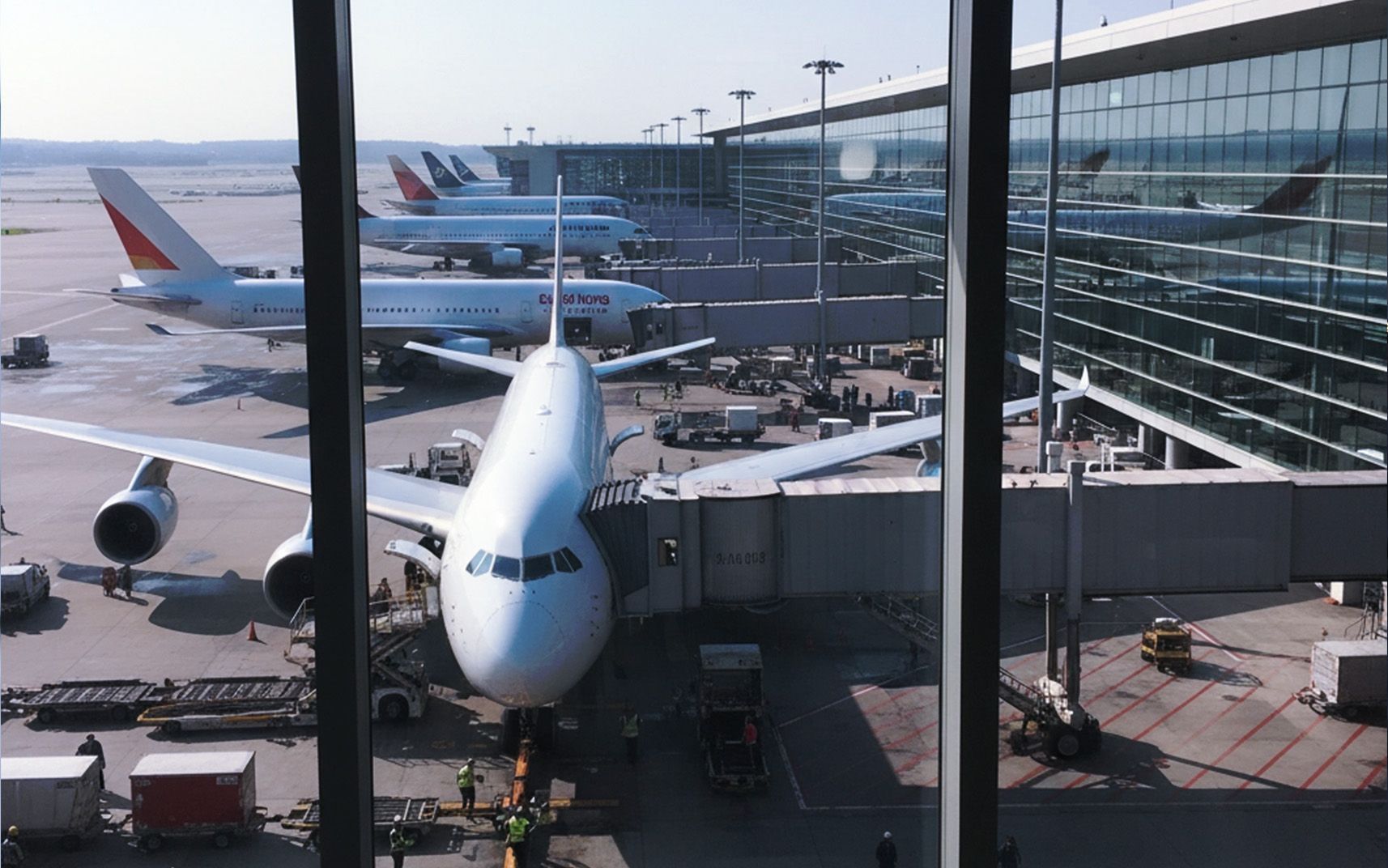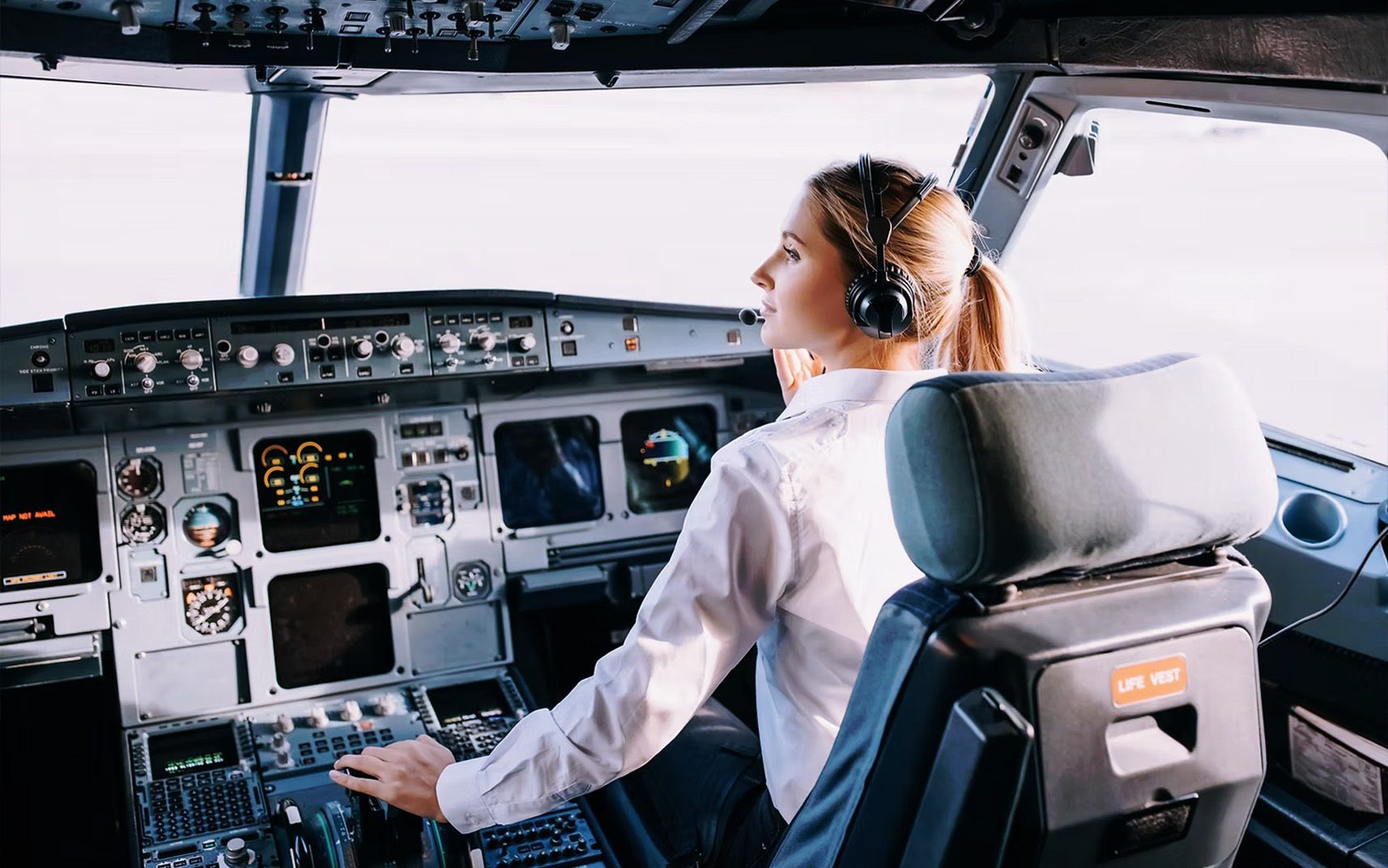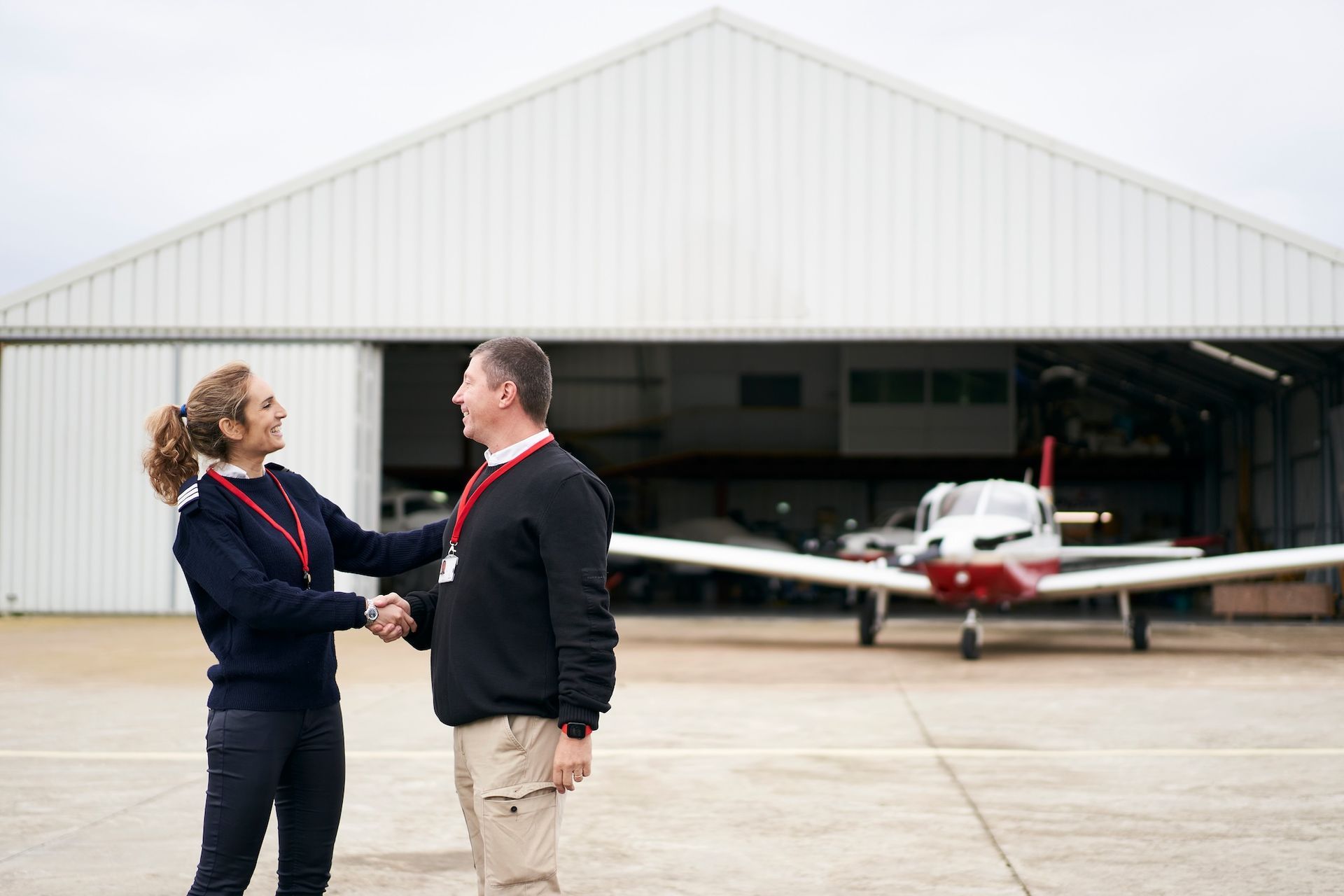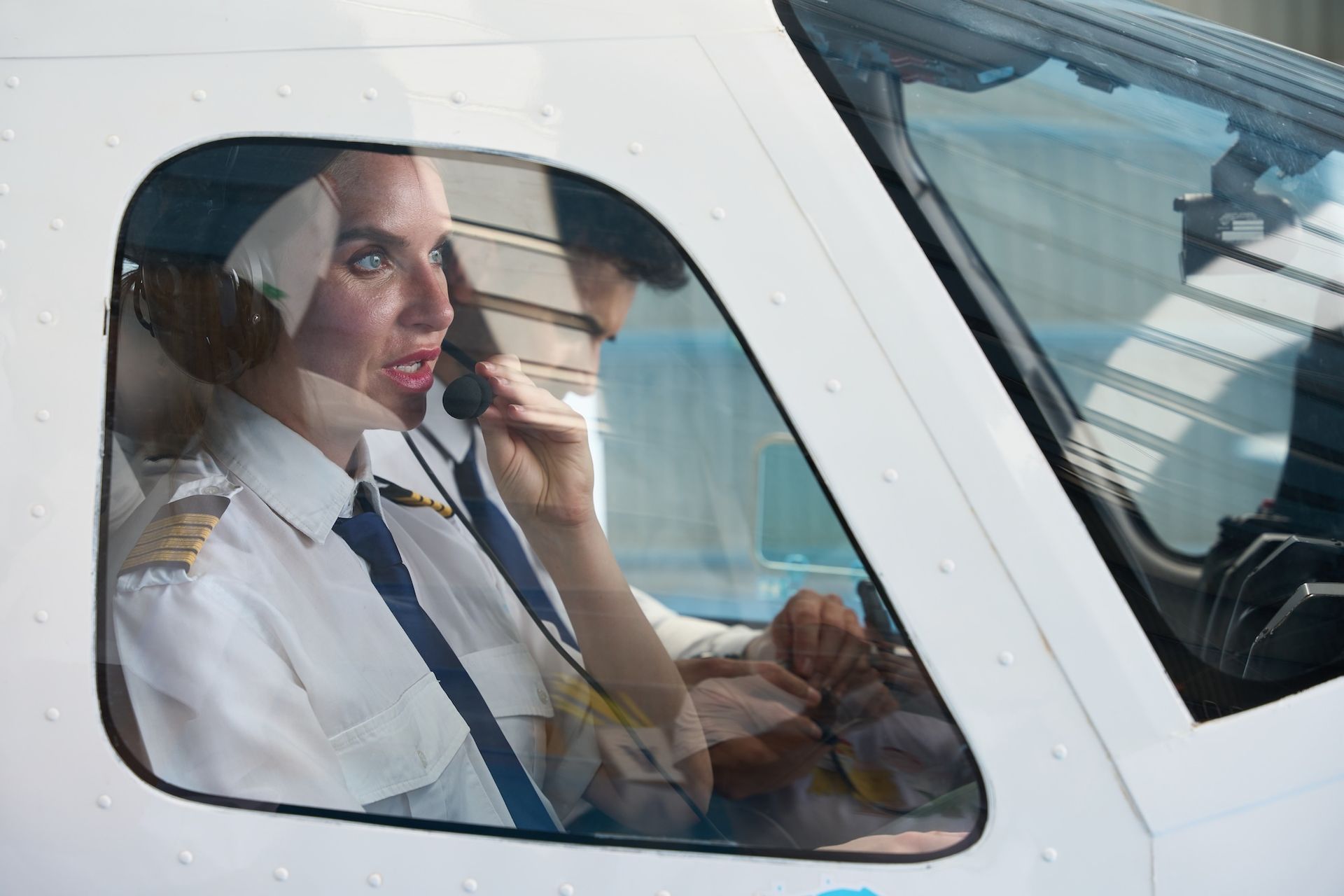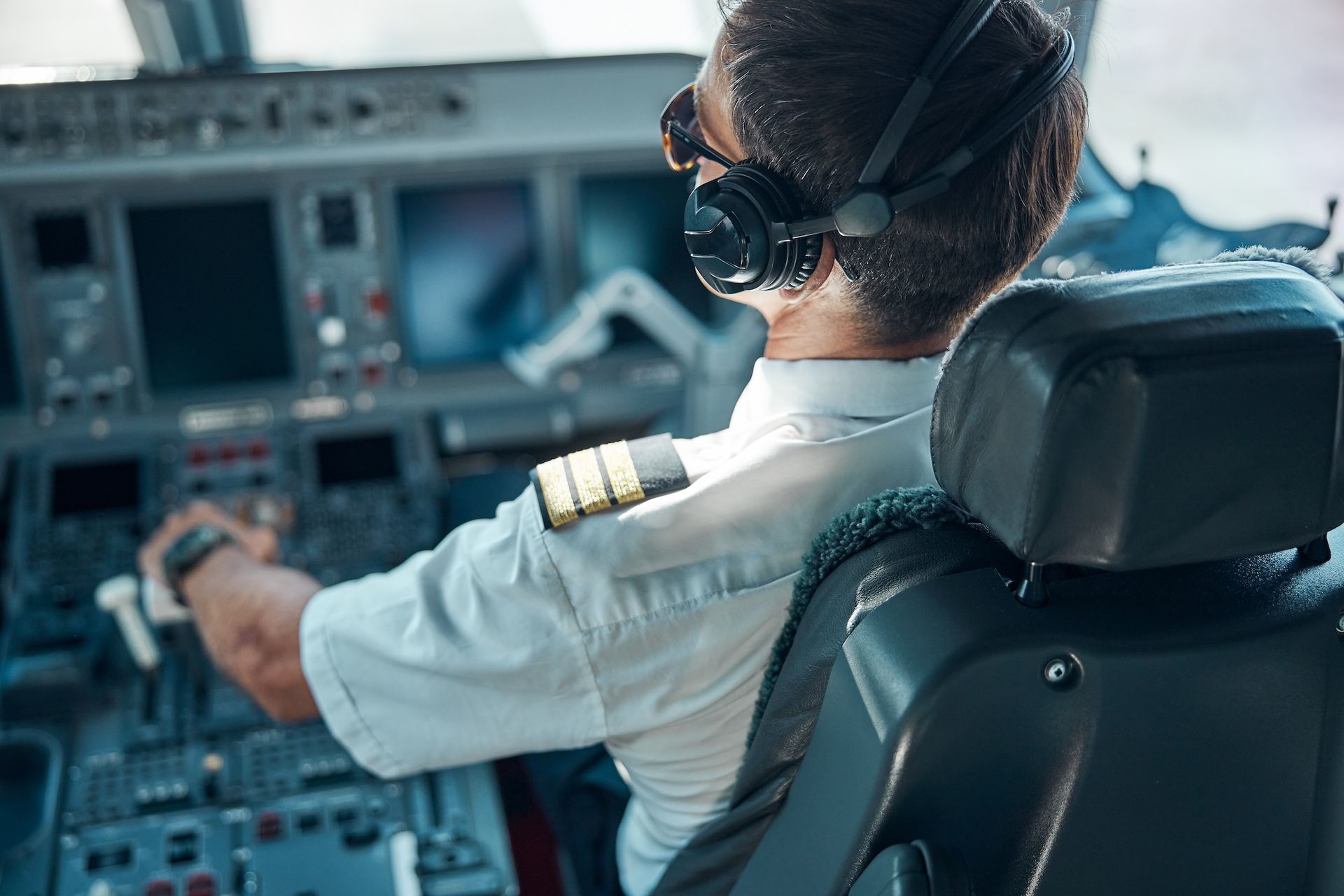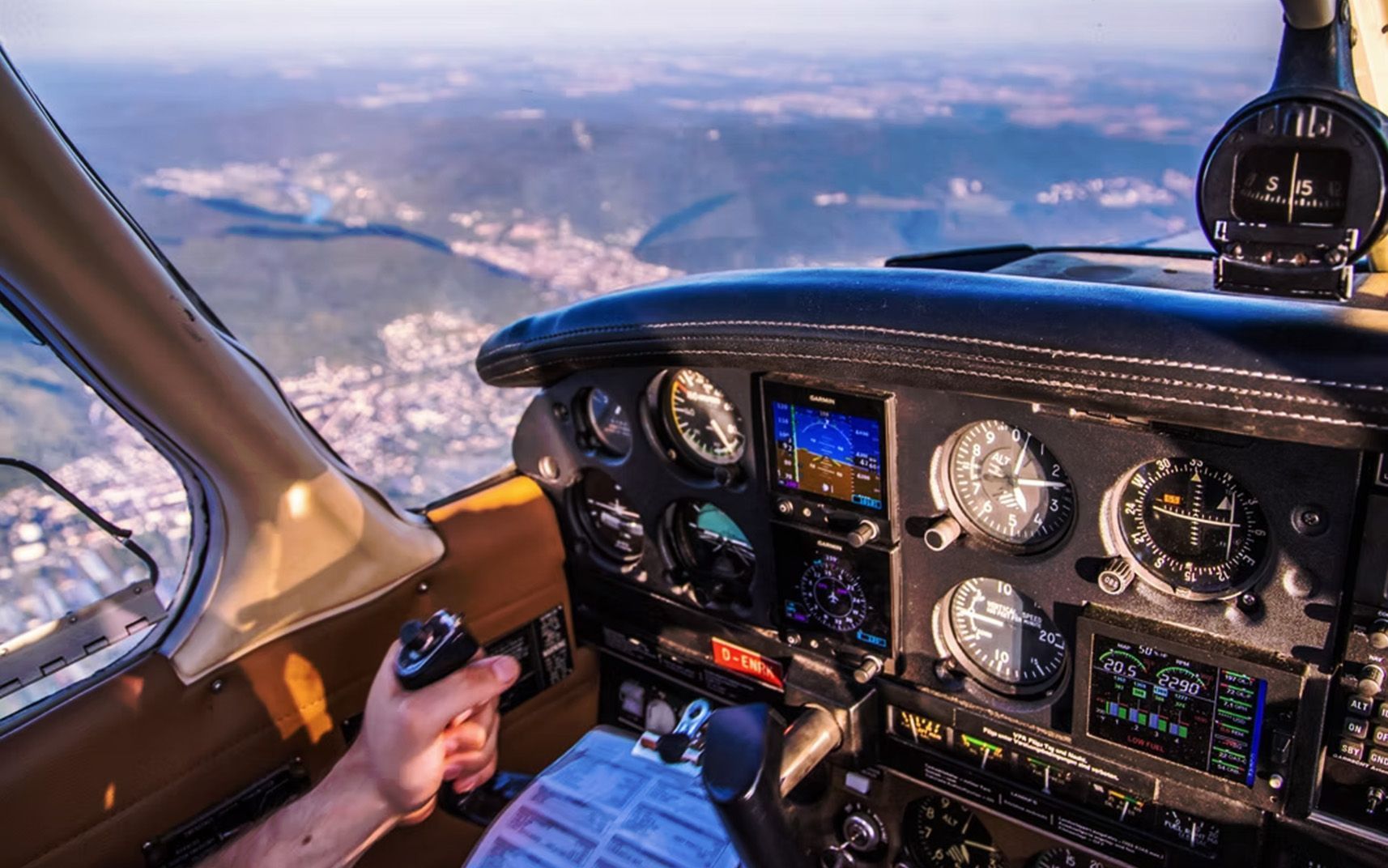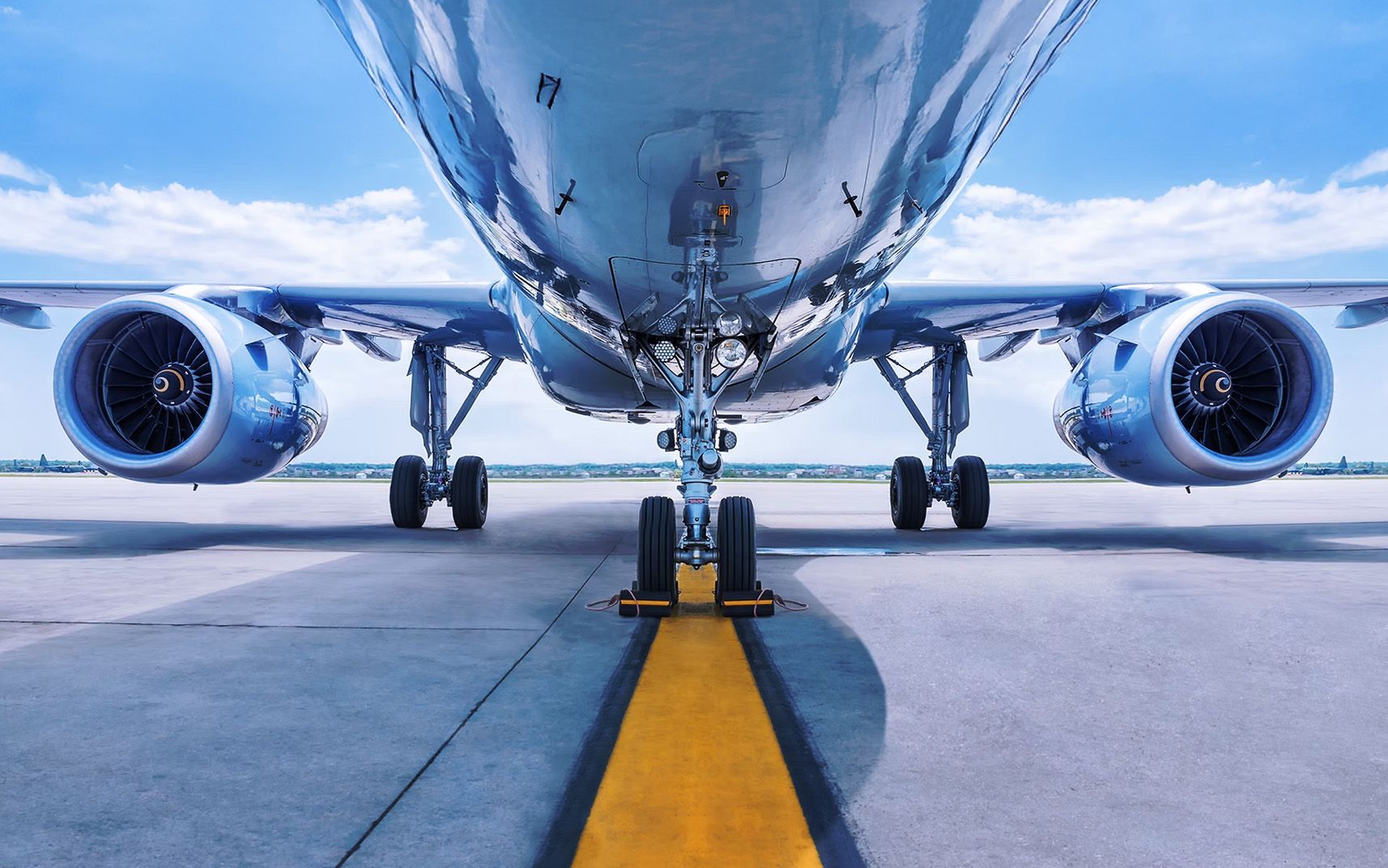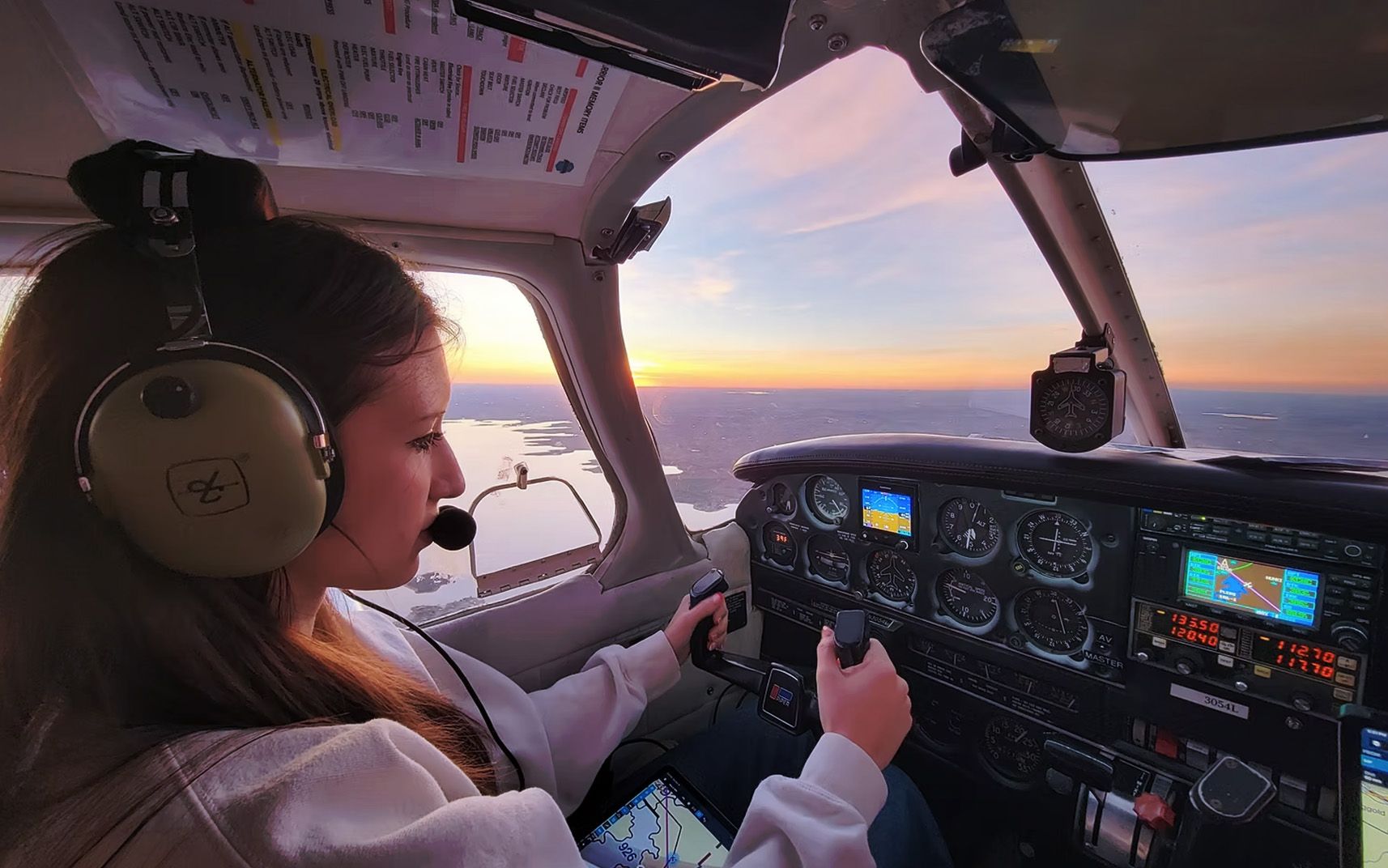The Real Benefits of Flight Simulator Training
Share this article
Flight Simulator Training Benefits for Today’s Pilots
The aviation industry relies on more than just real aircraft to teach new pilots. Flight simulator training has become a powerful part of the training process. It helps students understand flight systems, react to challenges, and gain flight experience in a safe, controlled setting.
One of the biggest flight simulator training benefits is the ability to prepare students for real-world conditions. Simulators allow pilots to practice takeoffs, landings, flight control, and navigation without using actual aircraft. This approach saves money and reduces risks, all while building key skills.
Comparing Simulator vs Real Cockpit Training
Understanding the difference between a simulator vs real cockpit is important for anyone entering pilot training. In a real aircraft, students feel every motion, hear the engine noise, and see actual weather conditions. However, realistic flight training is possible inside high-end simulators, which copy these experiences closely.
While real flight has its benefits, simulators provide more opportunities to repeat lessons and fix mistakes. With no fuel costs or air traffic concerns, student pilots can focus fully on mastering skills.
How Simulators Improve the Learning Process
Modern aviation training technology has made simulators incredibly advanced. Today’s FAA approved flight simulators use visual screens, motion systems, and accurate cockpit setups. These tools give students a hands-on experience with instruments, controls, and real-time scenarios.
Many flight training programs include simulators to teach emergency responses. For example, emergency procedures simulation helps pilots practice engine failures, system breakdowns, and bad weather landings. These lessons are hard or impossible to repeat safely in the air.
By working through difficult situations in a simulator, aspiring pilots build confidence. They also improve situational awareness, which is key in both training and real flights.
Cost of Flight Training: Simulators Save Time and Money
The cost of flight training can be very high when relying only on aircraft time. Renting planes, paying for fuel, and hiring instructors for in-air lessons adds up quickly. Simulators offer a more affordable path.
Using simulators early in the training course can lower costs. Students get time to understand procedures, radio communication, and navigation before flying for real. Since many pilot certifications require a certain number of simulator hours, using this resource also helps meet official standards.
Pilot Simulator Advantages Over In-Flight Instruction
One major pilot simulator advantage is flexibility. Instructors can pause the session, review mistakes, and repeat lessons. This allows for a more focused and effective learning process. For example, students can practice instrument rating procedures repeatedly until they feel ready to try them in real conditions.
Simulators also allow training in situations that may not occur naturally during a typical flight. Pilots can prepare for air traffic control delays, instrument failures, and sudden weather changes. This type of based training helps them handle real-world surprises more calmly.
Building Strong Skills with Virtual Reality and Advanced Devices
Newer training tools include virtual reality pilot training, which makes the experience even more immersive. VR headsets combined with physical controls can simulate entire flight missions. These devices are especially helpful for advanced students and professionals who want to stay sharp between flights.
Even basic training devices are improving. They now offer feedback on decision-making, timing, and system management. These updates make flight simulation more useful than ever in developing skilled, confident pilots.
The Role of Crew Resource Management and Team Training
Simulators are not just for solo practice. They also support crew resource management training, which teaches pilots how to work together in the cockpit. This type of flight instruction is key for commercial aviation, where teams must share responsibilities and communicate clearly.
Pilots can practice handling emergencies as a group, dividing tasks, and supporting each other. These lessons improve both performance and safety during real flights.
The Future of Pilot Training is a Blend of Real and Simulated
Most experts agree that the best pilot training combines both simulators and real aircraft time. Simulators prepare students for technical challenges and emergency procedures. Aircraft time gives them the feel of real motion, outside conditions, and full-sensory input.
Together, these methods create high quality pilots who are prepared for anything. As technology keeps improving, flight simulation will continue to play a bigger role in training programs across the world.
Reach Out
Looking for a trusted partner in your aviation journey? Nationwide Aviation offers top-tier flight training programs featuring FAA approved flight simulators, experienced instructors, and cutting-edge aviation training technology. Whether you're a student pilot or working toward advanced certifications, Nationwide Aviation provides the tools, guidance, and support to help you succeed.
Recent Posts
